
|
Invertebrate Weapons, Part 4 Caterpillars of Moths and Butterflies and a Look at Mantids and Stick and Leaf Insects
by the recently and very sadly late Richard L. Howey, Wyoming, USA |
Here we’re going to start taking a look at Arthropod weapons beginning with insects. In this section, we’ll examine both caterpillars and the adults. However, it is fairly obvious that the mature moths and butterflies are limited almost exclusively to defensive structures rather than offensive ones. The primary ones being camouflage and “advertising” that one doesn’t taste good. In other words, some butterflies and moths that are flamboyant are telling birds and other predators–stay away, I am not a meal that you would like. This is known as aposematism. This strategy is quite effective, although unfortunately some predators don’t have a sophisticated palate and so will eat almost anything. Some butterflies and moths have gotten away with a different sort of deception in which they brightly advertise themselves, but don’t have special noxious toxin. Instead the patterns and coloration deceive the predator into avoidance. A beautiful example of the is the Madagascar Sunset Moth which has brilliant iridescent in the wings. Here’s an image of a specimen which I captured when Darwin and I were wandering around in the jungles there.

Interestingly certain groups of butterflies and moths tend to be generally toxic, for example, the birdwings. In a sense this is wonderful because these are such resplendent creatures; on the other hand, it is a liability, because humans tend to now be the dominant predator as collectors. Here is an example of a Rajah Brooke’s Birdwing.
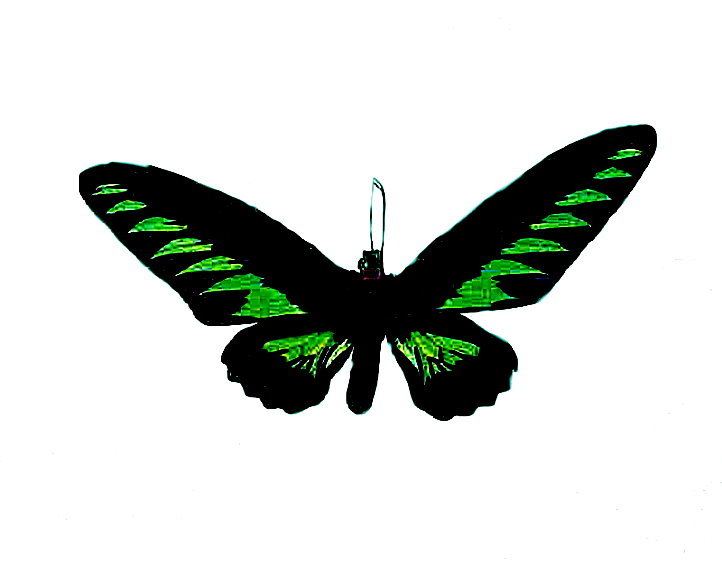
In the genus Heliconius, very poisonous species have evolved and they produce cyanide which is a significant deterrent to predators. The lesson here is that beauty can indeed be a deadly temptation.
Monarch butterflies also have evolved a protective toxin, but again, unfortunately, the major predator has become the human being, not so much in terms of collecting, but rather as a unintentional result of the use of powerful insecticides.
Then for really lethal action, one can turn to some members of the genus Lonomia (also known as the giant silkworm moth) which is fairly abundant in Brazil and some other parts of South America. It is the caterpillar here that is can be a grave danger even to human beings and a significant number of casualties resulting in death have been recorded. It’s bristles have evolved a powerful toxin which it can inject into potential predators. First, I’ll show you an image of this impressive moth and then 2 images of the caterpillar with its lethal spines.
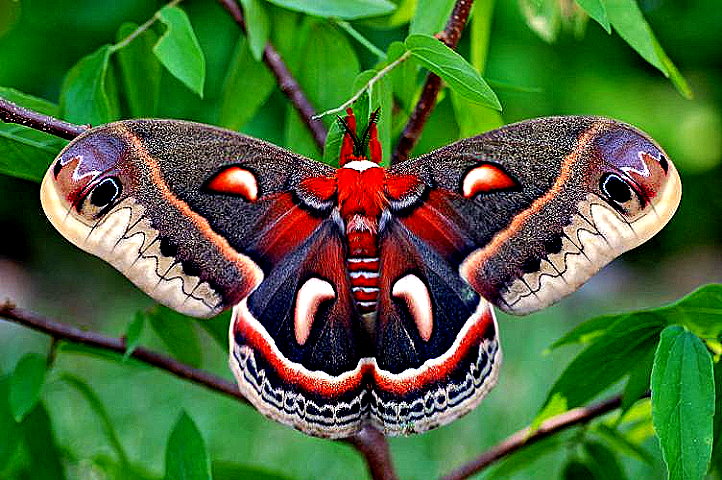
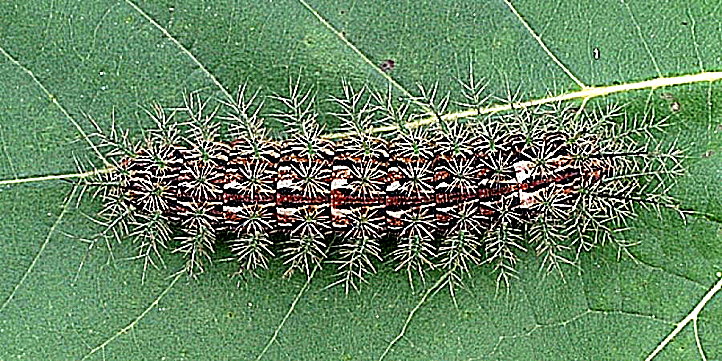
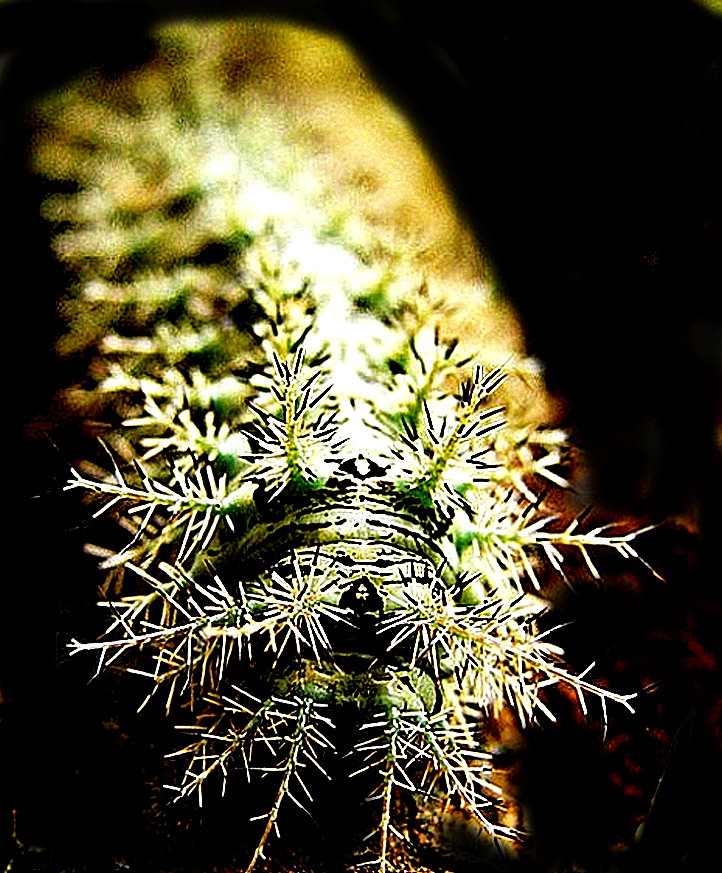
A bit of research on the Internet will reveal that there are a surprising number of beautiful butterflies and moths which have evolved toxic strategies to deter predators ranging from the Great African Swallowtail to the Queens Butterfly. We see these marvelous creatures and it doesn’t occur to us that they would have this other aspect which largely remains hidden.
Recent research out of Australia has identified another surprising set of results from a very bizarrely, wonderful looking caterpillar sometimes known as “puss caterpillars” (which belong to the genus Megalophyge) because of a vague resemblance to a very hairy, bushy cat.
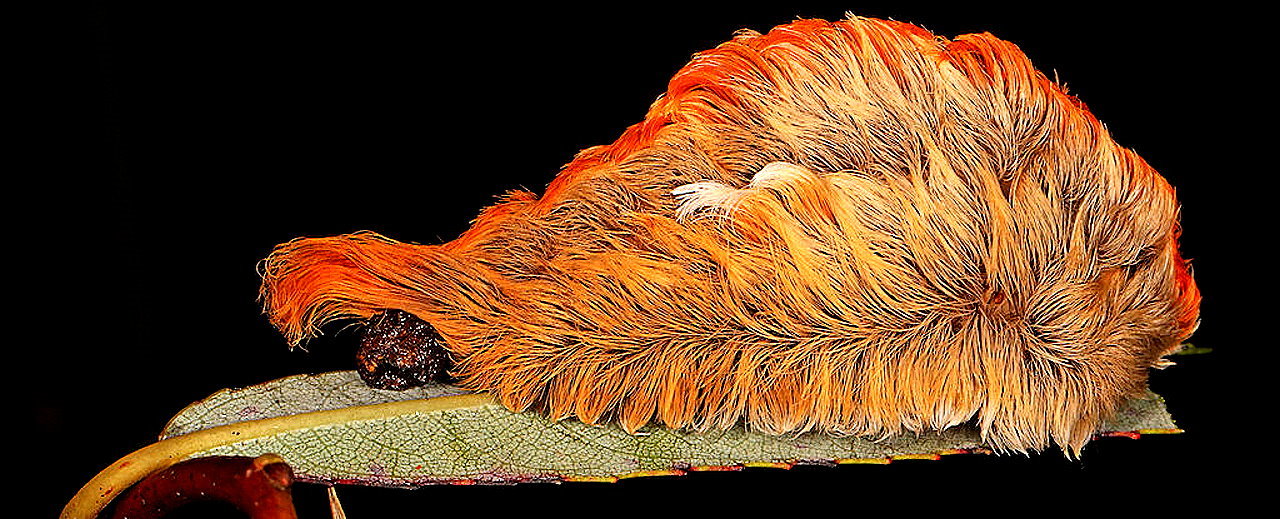
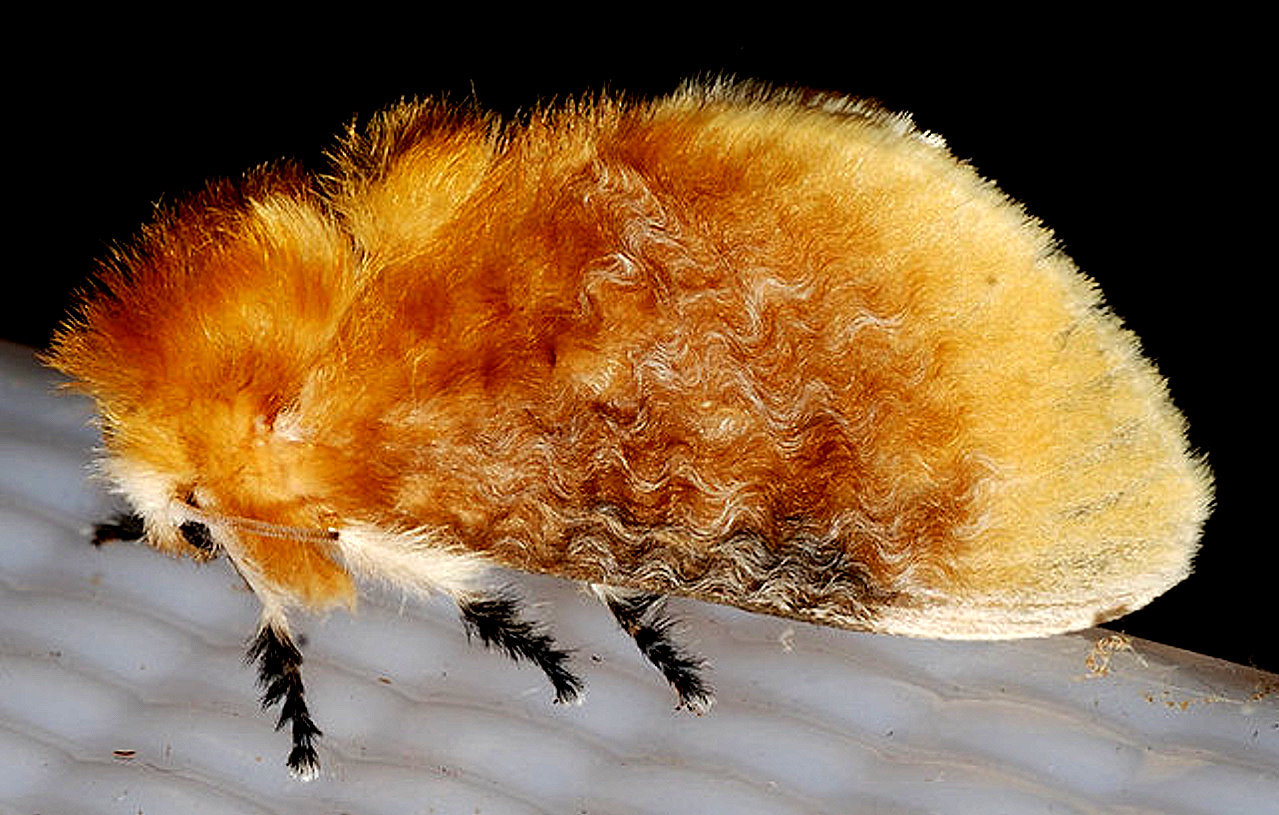
Underneath all the hair resides a repository of dangerous spines equipped with powerful toxins. There is a conjecture that in their evolutionary development that they may have appropriated genetic material from bacteria that provided the basis for the toxins.
From a human point of view, there may ultimately be some benefits which we might derive from these toxins. Research on the toxins of wide variety of invertebrates has led to intriguing possibilities of drugs that could be developed into powerful painkillers, anti-cancer agents, and antibiotics. Think what might be produced if just a fraction of the Pentagon’s budget were diverted to such research.
On to Leaf insects, Mantids, and Stick insects. Almost everyone knows about the relatively common green Praying Mantis and it’s weaponry which, among other occasions, it uses after nuptials. The female says the “I do”, then skips the “In sickness and health” part and goes directly to the “Until Death do us part” and bites off the head of the male. No divorce lawyer needed. What is not so widely known is that there is a considerable variety of mantids and some are amazingly colorful. I’ll show you two images, the first is a very colorful praying mantis imitating a flower and the second has its wings partially open in a lovely display.
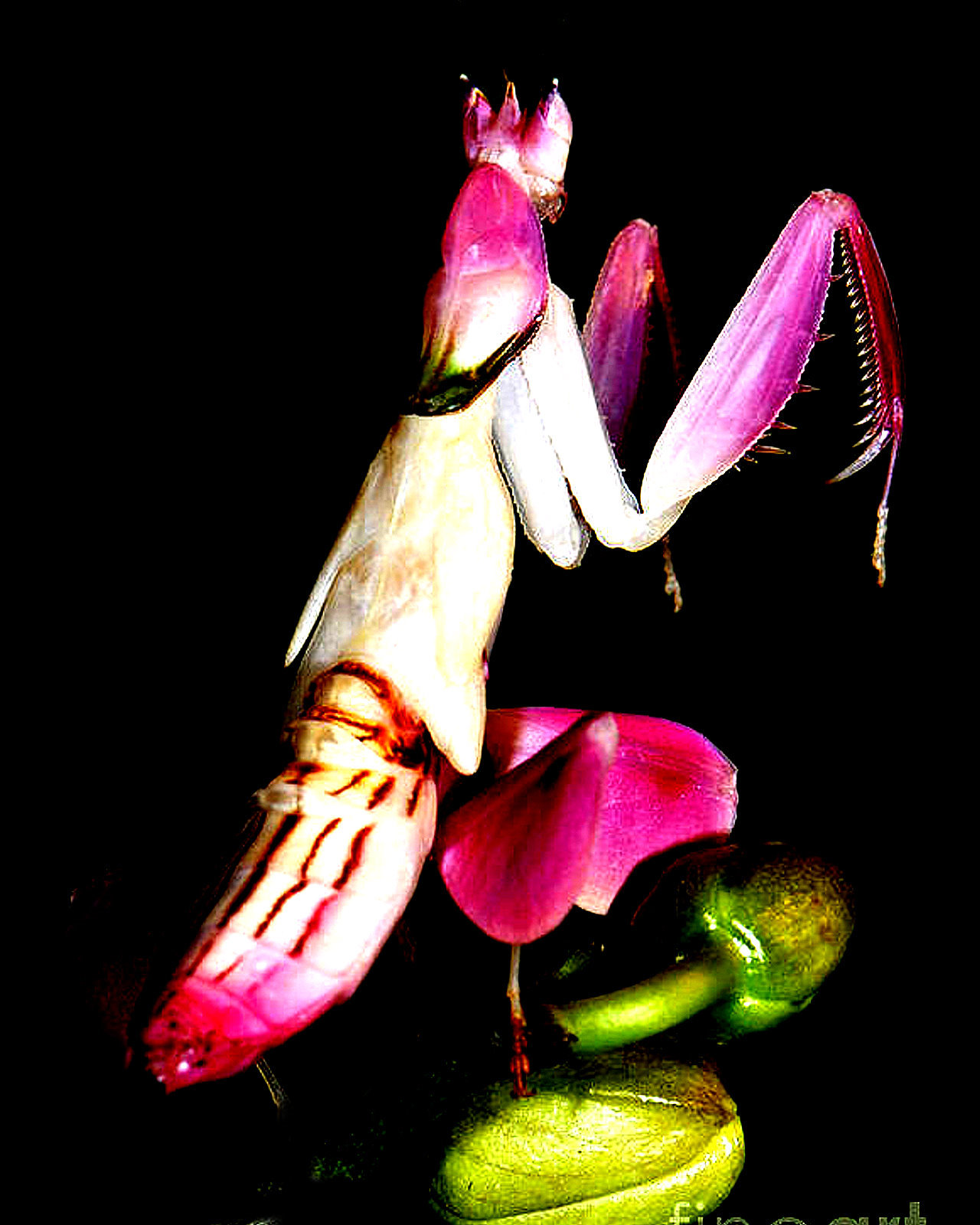
Now, here I give notice that I am giving myself permission to plagiarize myself by using a couple of paragraphs from an earlier article in which I talk about stick insects and leaf insects and Berlin and intelligent design. Here’s a link if you want to read the whole fascinating, rolling ramble.
One afternoon in Germany, I was walking around the zoological gardens and I noticed a building I hadn’t yet visited which, as it turned out was the Berlin Aquarium which also has an insectarium. I found some large glass cases on the second floor, which would be our third floor, no wonder the world is so confusing, and I wandered over to one of the cases which contained a leafy bush or miniature tree–whatever. I strained my eyes to see what was in the case, I walked around it three times–a bunch of leaves–boring as dust. What was I supposed to be looking for? Aphids? Plant mites? In that case, they should have provided me with a magnifier! I was standing there staring at this disappointing case, when suddenly I noticed a slight movement, but it was just a little breeze making the leaves move. But, wait a minute, this was a glass case; there shouldn’t be any zephyrs gusting though it. There it was again, another leaf moved and I suddenly realized that I was looking at a tree branch occupied by some of the most remarkable camouflage artists in all of nature–leaf insects. Take a look. The first image is a summer green color and the second one looks like it’s prepared for autumn.
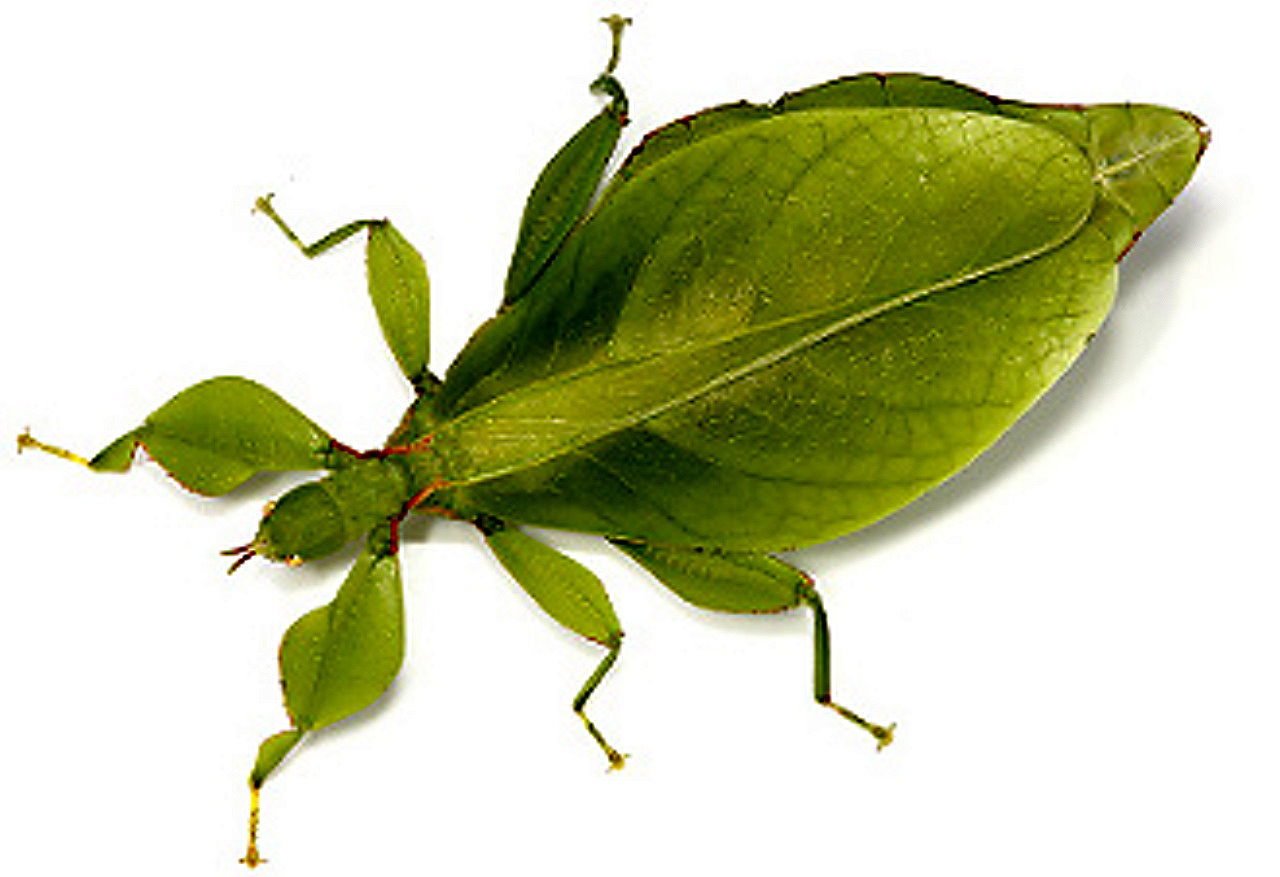
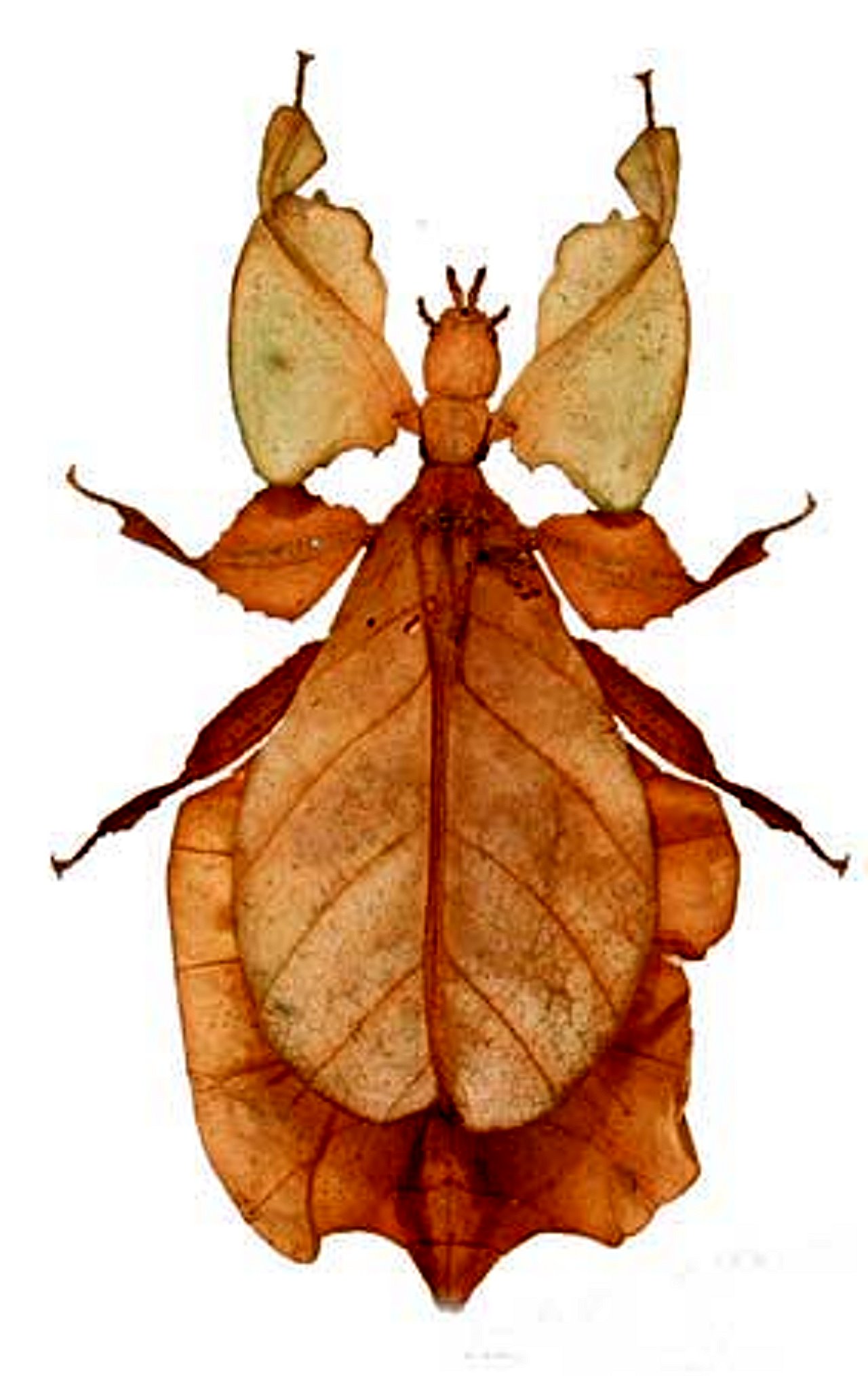
While I was watching and waiting for another leaf insect to move, suddenly a whole 8 or 9 inch branch sprouted legs and began to crawl forward–a giant stick insect.
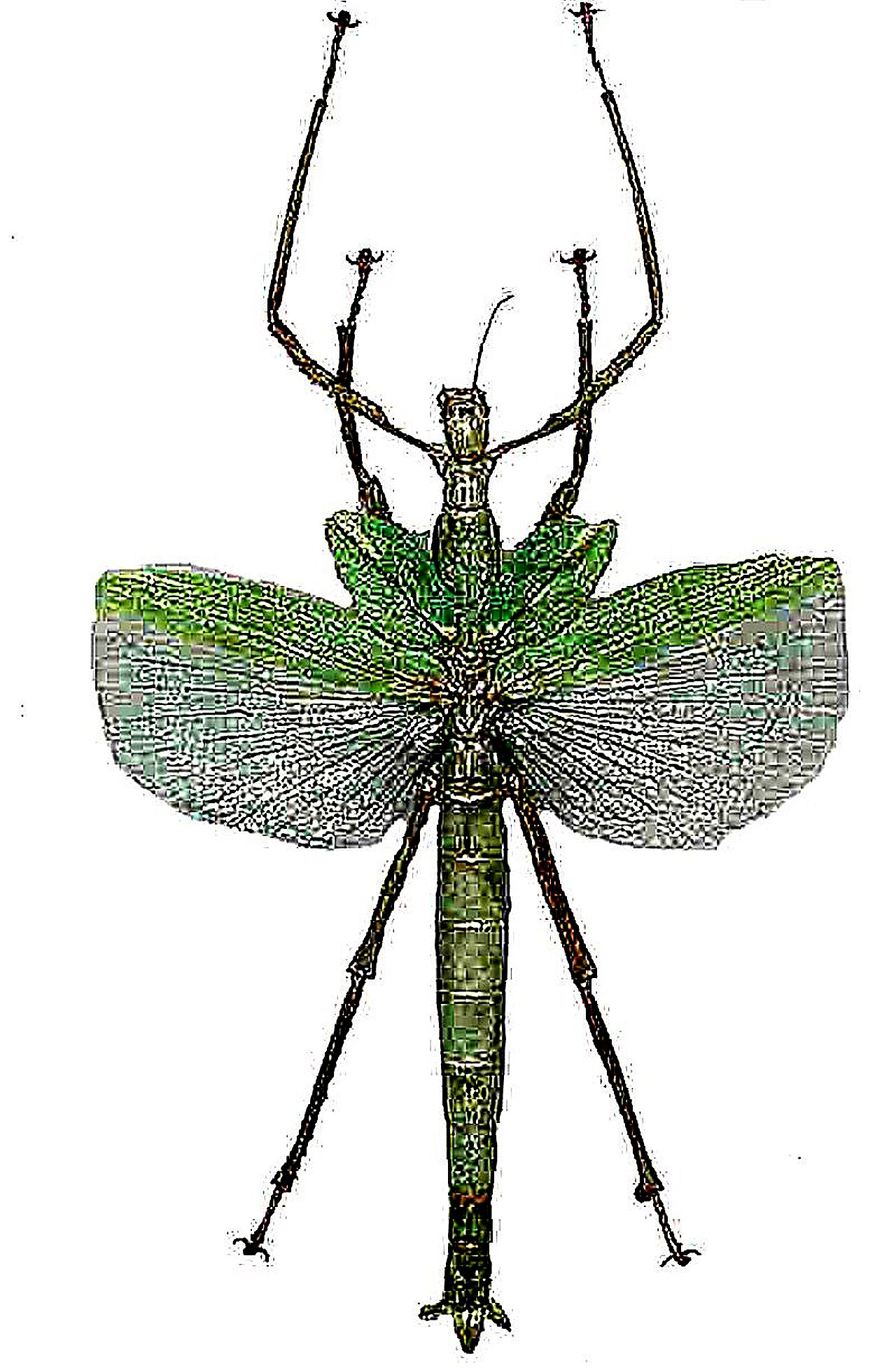
This beastie is another example of stunning camouflage. These creatures rival anything that Heironymous Bosch dreamed up. And just think, now you can have a whole insect tree, both branches and leaves, and you won’t have to water or fertilize it, just throw in some edible insects from time to time.
Over hundreds of millions of years, nature has experimented with the most remarkable variety of camouflage imaginable. Think of how wonderful it would be if we could blend into our surroundings as effectively as these leaf insects when pesky neighbors, creditors, or religious missionaries come around.
I hope you enjoyed this little glimpse into a wonderfully strange bit of our natural world.
Comments to the Micscape Editor
are
welcomed and article comments will be collated to pass on to his family.
If email software is not linked to a browser, right click above link and use the copy email address feature to manually transfer.
Microscopy
UK Front Page
Micscape
Magazine
Article
Library
Please report any Web problems or offer general comments to the Micscape Editor.
Micscape is the on-line monthly magazine of the Microscopy UK website at Microscopy-UK